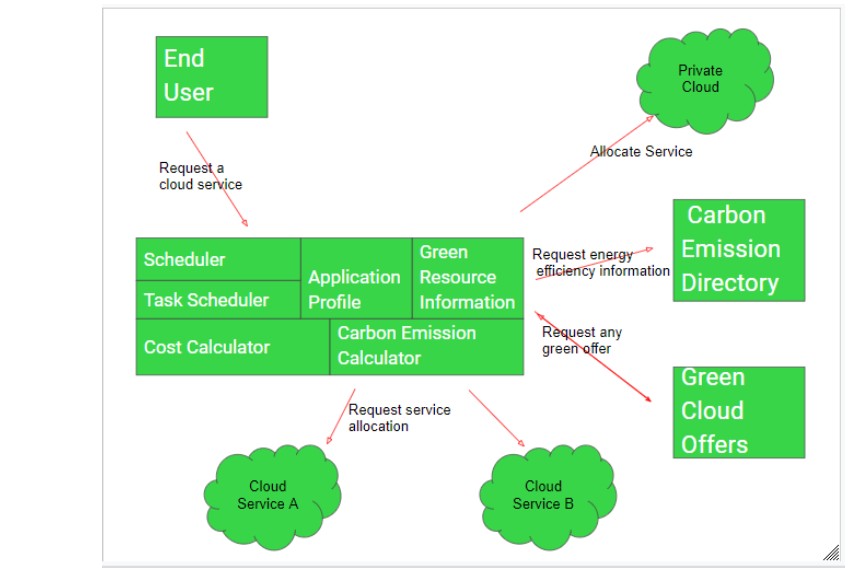“Eliminating Cloud Waste: How FinOps and Sustainability Go Hand in Hand”
In 2024, cloud costs are projected to reach a staggering $678 billion, with 20-30% of this spending classified as wasteful—equating to $135 billion that delivers no business value. Is your organization unknowingly contributing to this figure?
Consider this analogy: as homeowners, leaving a garden hose running all day not only inflates the water bill but also wastes a precious resource. For those living in arid regions like me, the thought of misusing water is even more distressing. Our water comes from mountain snowmelt that feeds vital agriculture and drinking supplies. If wasted on an unnecessary garden hose, it fails to provide value where it’s truly needed.
The same principle applies to cloud spending. Unused virtual machines running over weekends or forgotten storage files contribute significantly to the 20-30% waste many companies face, especially in their early cloud adoption stages. Beyond financial loss, cloud waste has environmental repercussions—requiring electricity, cooling, and maintenance that leave a carbon footprint.
This is where FinOps steps in—a framework that enables organizations to monitor, optimize, and reduce cloud waste while fostering awareness about responsible cloud usage. By building centralized teams to oversee cloud resources and educating internal stakeholders, organizations can ensure every dollar spent drives measurable value.
The Result? Reduced cloud waste not only enhances profitability but also aligns with environmental sustainability—a practice often called GreenOps. By integrating FinOps principles, businesses can prioritize both efficiency and ecological responsibility, transforming cloud operations into a win-win for the bottom line and the planet.
Isn’t it time your organization embraced the synergy between FinOps and GreenOps?


